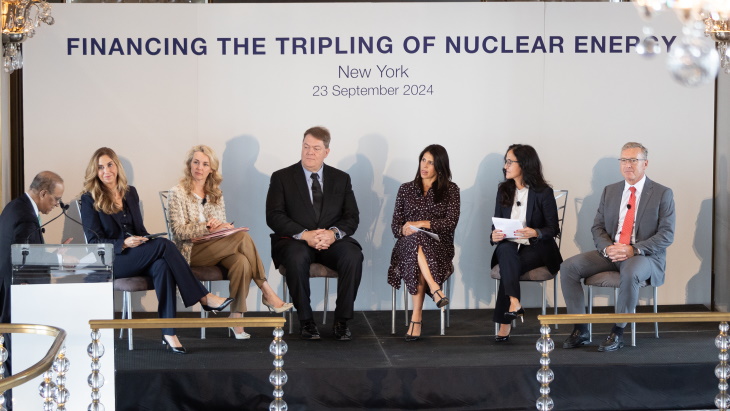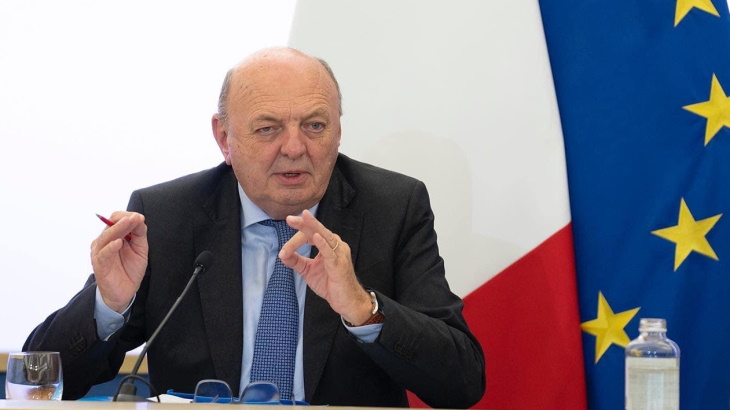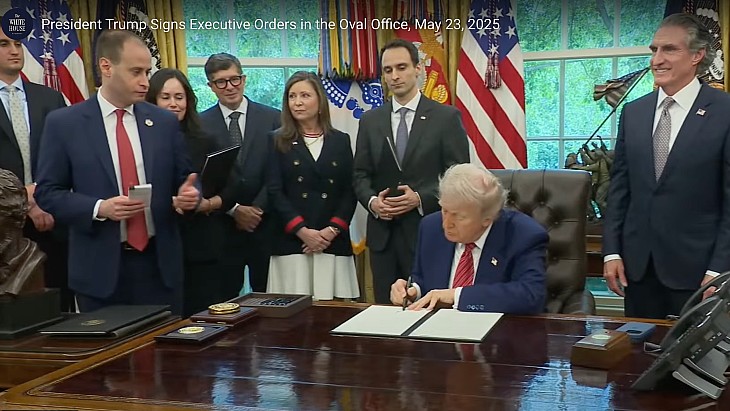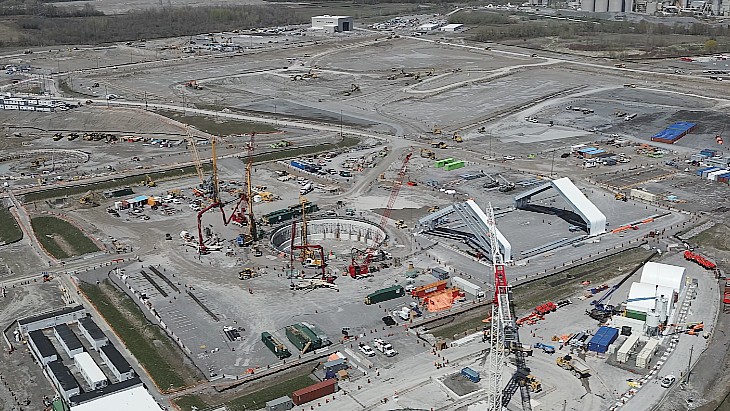Nuclear features in South Africa infrastructure plan
.jpg)
The 2050 plan aims to ensure that there is the necessary long-term view regarding infrastructure to drive economic and social transformation to achieve NDP goals and beyond. The plan has been drawn up by Infrastructure South Africa (ISA), a programme within South Africa's Ministry of Public Works and Infrastructure. It was made available for public comment in August 2021, after which ISA also held public consultation sessions as well as consulting more broadly with additional stakeholders.
"There is a pressing need for a shared long-term vision and a robust institutional platform to enable sustained and continuous improvement in public infrastructure delivery," Minister of Public Works and Infrastructure Patricia de Lille and Head of ISA Kgosientsho Ramokgopa said on 16 March as they announced the formal gazetting of the plan.
The first phase of NIP 2050 focuses on energy, freight transport, water and digital infrastructure.
The NDP sets a target that more than 90% of South Africa's population should enjoy access to grid-connected or off-grid electricity by 2030. "Energy supply will enable economic growth and development," NIP 2050 says. By 2050, energy demand is projected to double and installed generation capacity will need to expand from 53 GW in 2018 to between 133 GW and 174 GW by 2050.
This will be achieved, amongst other things, through a "technically strong" approach to defining the energy mix, requiring institutional planning and delivery mechanisms to become more adaptive, responsive and dynamic; a market structure to facilitate more responsive and sustainable supply, which will require the "stabilisation and separation" of state-owned utility Eskom, the introduction of greater private participation and greater decentralisation of electricity supply; and strengthened state capacity effectively regulate and oversee energy delivery.
"The transition away from fossil fuels will progress in a measurable, just and sustained manner. New installed capacity will consist primarily of wind, solar and nuclear, where South Africa has a competitive and comparative advantage," the plan says. Research infrastructure for using nuclear technology will be sustained through the replacement of the Safari-1 research reactor with a Multi-Purpose Reactor (MPR) by 2030.
In September last year, the South African cabinet approved the construction of the MPR to replace the 20 MWt Safari-1, which is scheduled to retire in 2030. A Request for Information for the new reactor, located at Pelindaba, was issued in February.
Nuclear back-bone
South Africa has "long depended" on electricity from coal-fired power stations, the plan notes, with coal accounting for some 79% and renewables for 12% of its electricity in 2019. The twin-unit Koeberg nuclear power plant contributes about 5% of the total energy as well as "providing stability" to the national electricity grid.
Load shedding since 2008 has been caused by a combination of factors such as delayed commissioning of new generation capacity, underperformance of existing and new-build coal generation capacity and degradation of the existing coal fleet. Nevertheless, the Koeberg nuclear power plant, which is scheduled for long term operation beyond 2024/25, is critically important to Eskom's portfolio, the plan notes: "The Koeberg nuclear power plant, since amortised, has been a back-bone of the national electricity grid providing reliable and cheapest electricity within … Eskom's fleet."
"Sector reform that introduces competition and alternative funding models will be essential going forward: this is for energy security, as well as financial sustainability in energy, for the fiscal stability and for the economy as a whole. It is for this reason that the ring-fencing of Koeberg nuclear power station within the Eskom portfolio is proposed for associated revenues to provide the necessary capital fund for future nuclear new build programme," NIP 2050 says.
"Providing alternative funding models, a portion of c/kWh generation from Koeberg nuclear power station should be directed to funding of research and development for advanced and innovative nuclear energy system such as small modular reactors that are currently attracting global interest in terms of ease of deployment, modular approach to construction, alternate coolant used as opposed to water especially in the midst of climate change impacts on water scarce regions."
Just transition
A "pivot" to a low-carbon energy sector - including a "just" transition - will be one of the conditions that must be met to ensure the electricity sector delivers on the 2050 vision, the plan says. As part of this, "South Africa should embrace the global recognition of nuclear as a clean energy source … and take cue from economies of the world that are already compliant with the Paris Agreement on Climate Change through either aggressive deployment of nuclear (planned or installed)." Lifecycle greenhouse emissions from nuclear "are comparable with those of intermittent renewables", it adds.
State institutions, including energy regulator NERSA and the Department of Mineral Resources and Energy, must be capable of driving energy sector reform and delivery. "Eskom's generation, distribution and transmission functions must be separated into legally separate entities," it states. "Consideration must be given to ring-fencing Koeberg and PBMR technology to form one generation company for effective implementation of the successful Nuclear New Build Programme."
As part of the transition away from fossil fuels, the plan suggests that "repurposing and retrofitting baseload coal fleet with advanced and innovative baseload nuclear energy systems that can be deployed inland which provide an opportunity for reskilling and retention of the existing coal workforce".
NIP 2050 can be downloaded here.











